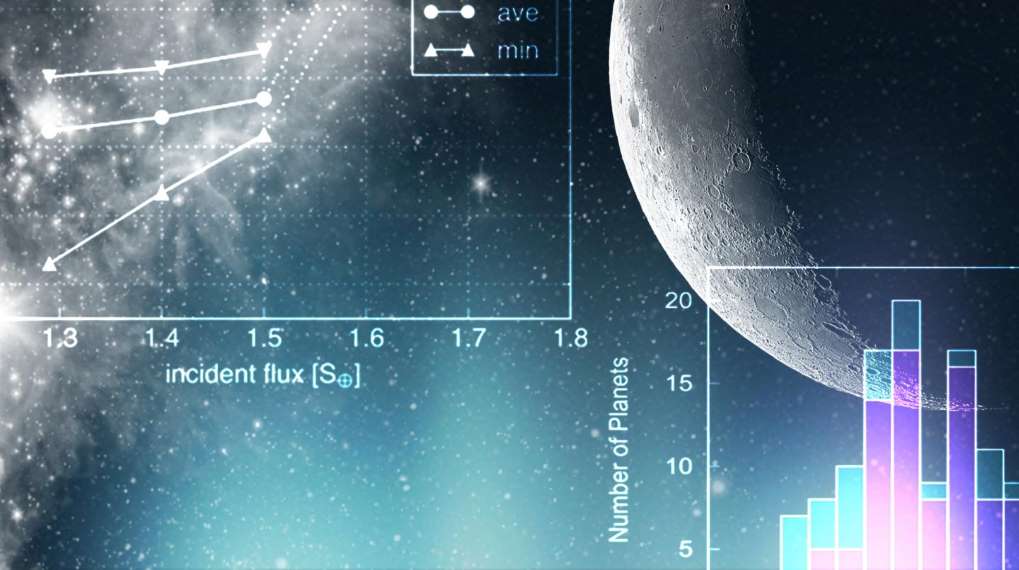March 13, 2018

March 13, 2018

One of the primary outcomes of the new research highlighted that the planets surrounding red dwarf stars may have exceptionally similar characteristics to planets orbiting solar system stars. Astronomers have discovered 15 new alien worlds near our very own solar system. The new exoplanets were found orbiting small, cool stars, also called red dwarf stars. Among these exoplanets, three were discovered to be super-Earths, which are slightly bigger in size than our own planet.
One of the 15 newly discovered planets was found orbiting one of the brightest red dwarf stars, called K2-155, located about 200 light years away from Earth. Scientists uncovered that this alien world, designated K2-155d, has a radius of 1.6 times that of Earth and could be a super-Earth located within the habitable zone.
"In our simulations, the atmosphere and the composition of the planet were assumed to be Earth-like, and there's no guarantee that this is the case,” Teruyuki Hirano, the lead researcher of the new study, from the Tokyo Institute of Technology, said in a statement. "Large planets are only discovered around metal-rich stars and what we found was consistent with our predictions. The few planets with a radius about three times that of Earth were found orbiting the most metal-rich red dwarfs."
One of the primary outcomes of the new research highlighted that the planets surrounding red dwarf stars may have exceptionally similar characteristics to planets orbiting solar system stars.Photo: Tokyo Institute of Technology
Scientists also believe that K2-155d could have liquid water in its surface. The planet’s location as well as the possibility of the presence of liquid water could make it an ideal candidate to host alien life. However, scientists will need to conduct further studies on both the planet as well as its host star in order to conclusively determine whether the planet is habitable or not.
The discoveries are based on data form NASA’s Kepler spacecraft’s K2 mission and follow up observations from ground-based telescopes including the Subaru Telescope in Hawaii and the Nordic Optical Telescope (NOT) in Spain.
One of the primary outcomes of the new research highlighted that the planets surrounding red dwarf stars may have exceptionally similar characteristics to planets orbiting solar system stars.
"It's important to note that the number of planets around red dwarfs is much smaller than the number around solar-type stars," said Hirano. "Red dwarf systems, especially coolest red dwarfs, are just beginning to be investigated, so they are very exciting targets for future exoplanet research."
Researchers also discovered that planets orbiting red dwarf stars have a similar so-called radius gap that planets around solar-type stars are supposed to possess.
"This is a unique finding, and many theoretical astronomers are now investigating what causes this gap," Hirano added.
Hirano hopes that NASA’s Transiting Exoplanet Survey Satellite (TESS), slated to be launched in April 2018, will help alien planet-hunters discover more new planets.
"TESS is expected to find many candidate planets around bright stars closer to Earth," Hirano said. "This will greatly facilitate follow-up observations, including investigation of planetary atmospheres and determining the precise orbit of the planets."
Courtesy/Source: IBT / The findings of the new research were published in two papers in the Astronomical Journal.












































































































